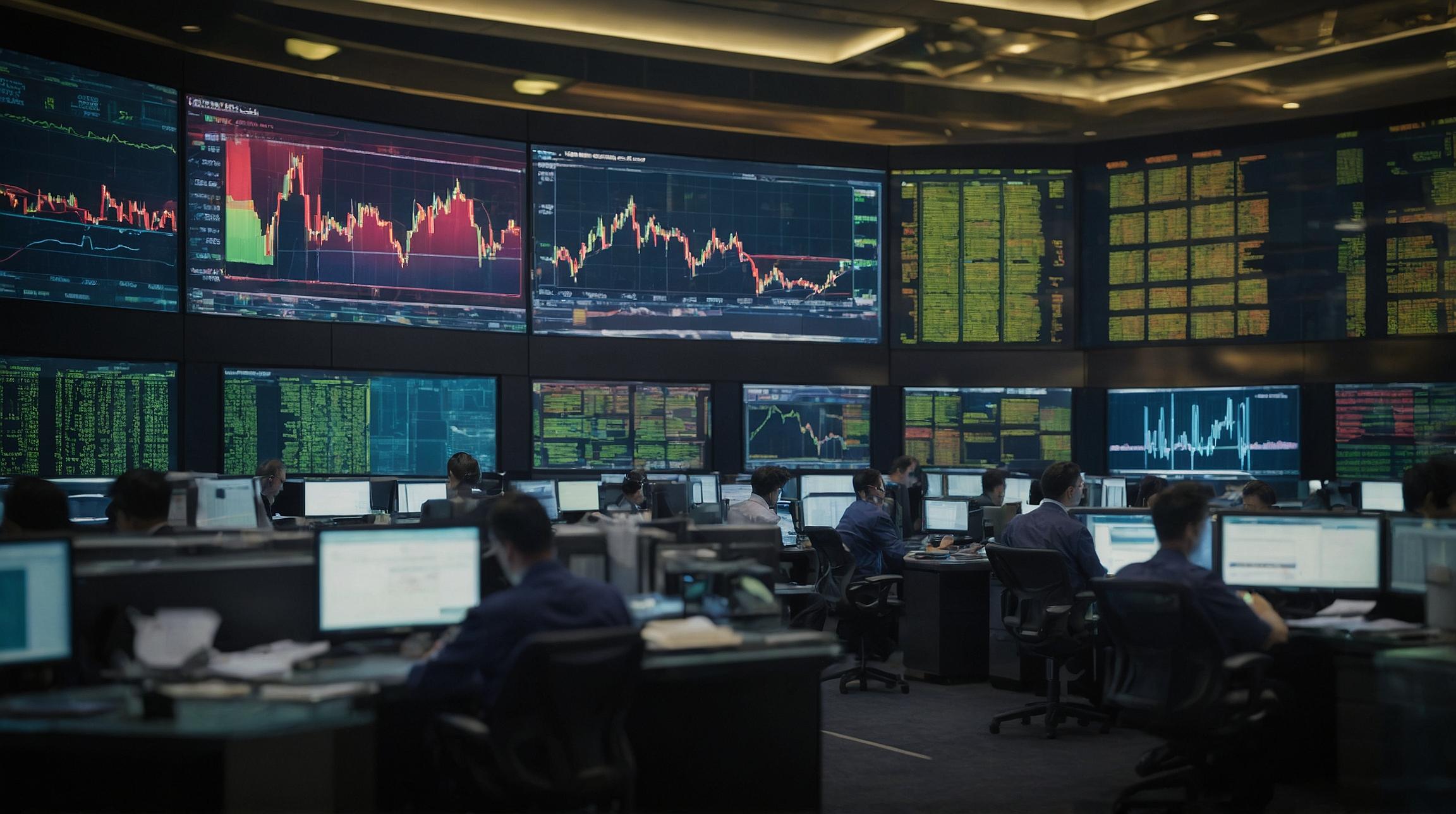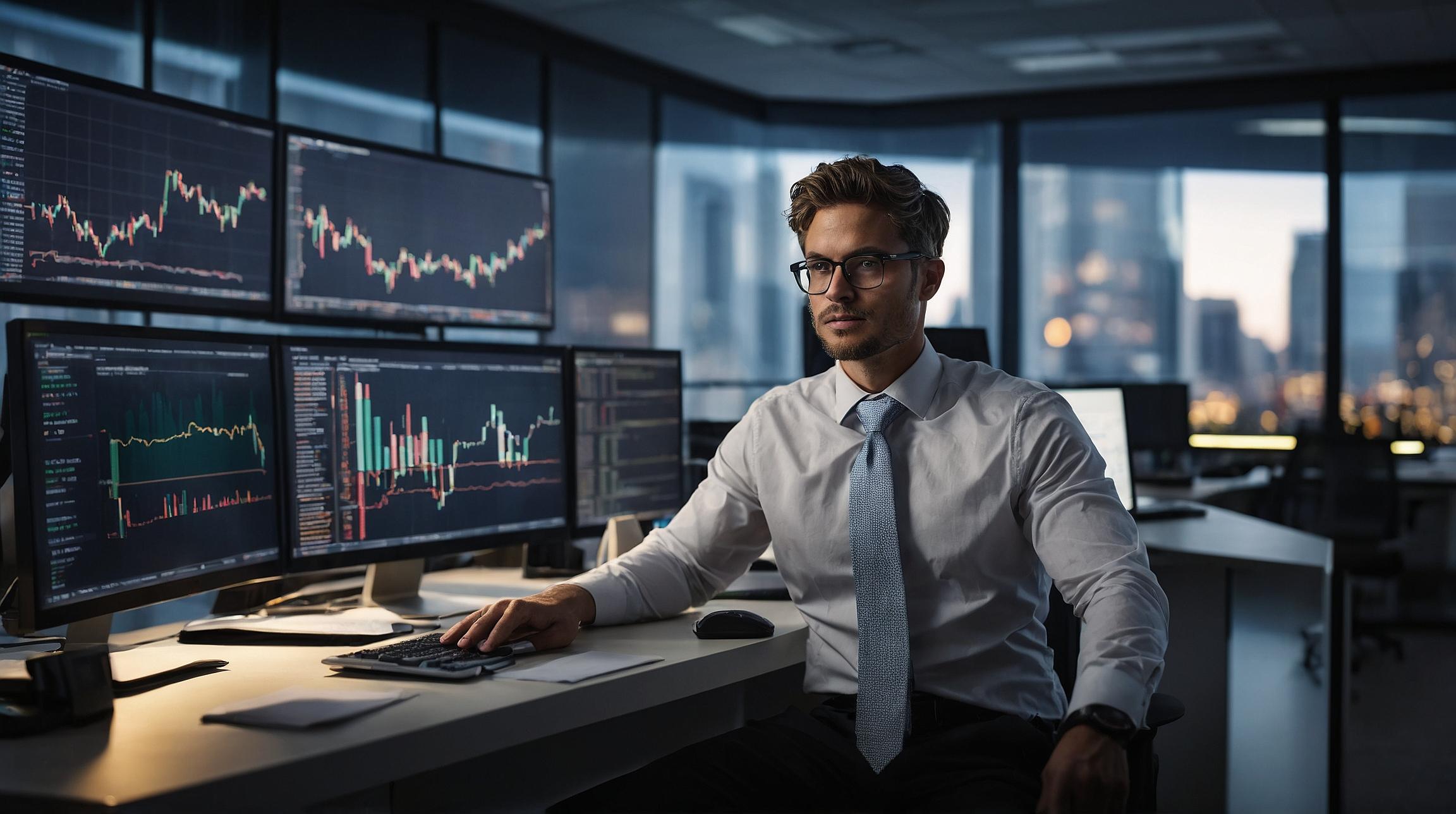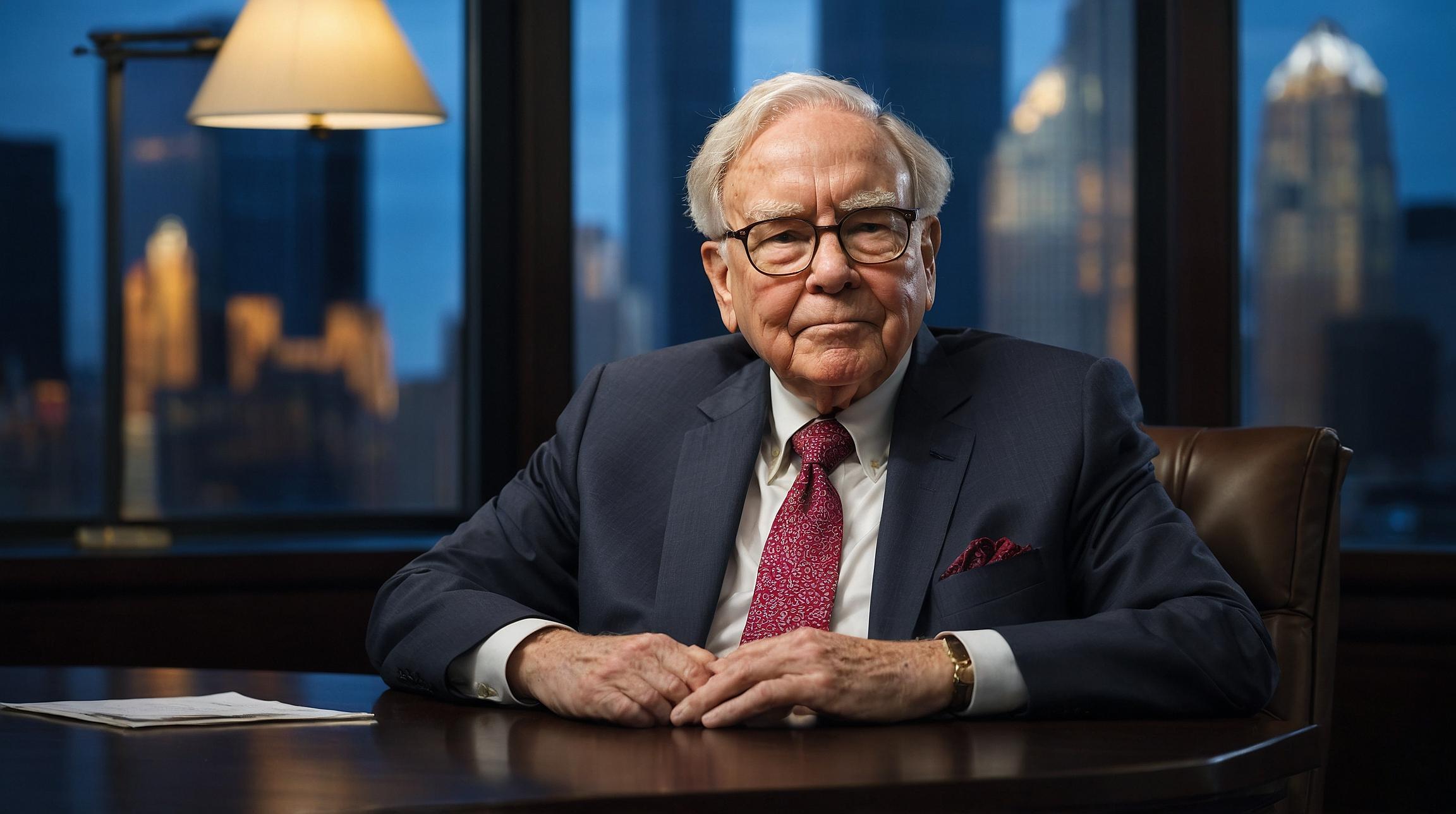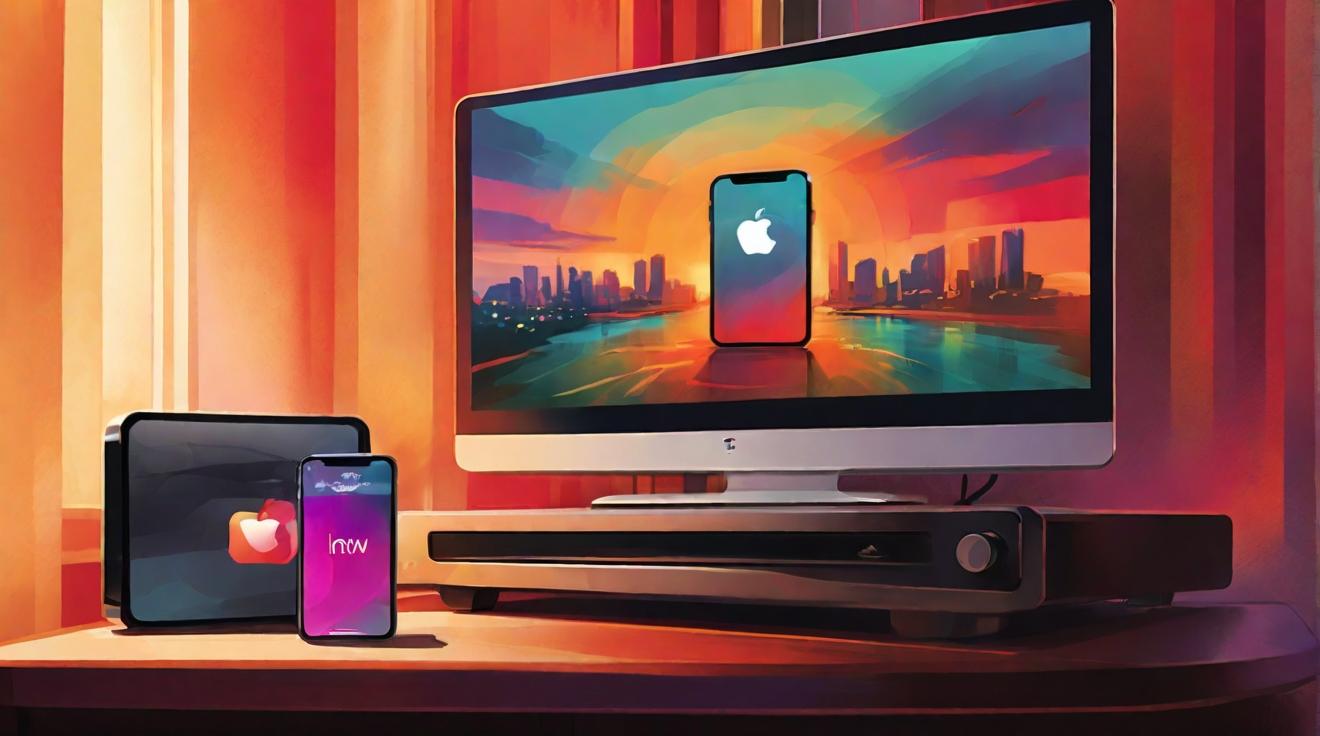Exploring the Intersection of Artificial Intelligence in Art and Creativity
The integration of artificial intelligence (AI) into the realm of art and creativity is revolutionizing the way we conceptualize and engage with artistic practice. AI has proven itself capable of generating remarkable works of art, challenging traditional notions of human creativity and expression.
Artificial intelligence (AI) has emerged as a transformative force across various domains, including the realm of art and creativity. While the idea of machines engaging in creative endeavors might seem paradoxical, AI has demonstrated its ability to generate impressive works of art, pushing the boundaries of human creativity and expression. This article delves into the flourishing intersection of AI and art, examining how AI systems are being utilized as tools for creation, inspiration, and collaboration.
AI as Maker:
One of the most captivating aspects of AI in art is its capacity to function as a maker in its own right. AI models such as generative adversarial networks (GANs) and recurrent neural networks (RNNs) are commonly employed to generate art. These systems are trained on vast datasets of existing artworks, enabling them to acquire knowledge about various styles, techniques, and patterns. Whether it’s paintings or music compositions, AI-generated works have garnered attention and acclaim within the art world. Additionally, “DALL-E,” a neural network developed by OpenAI, showcases AI’s ability to create visually stunning artwork by generating realistic images from text descriptions.
AI as Collaborator:
Beyond being stand-alone creators, AI also serves as a collaborative tool for human artists. Many artists incorporate AI algorithms into their creative processes, using the technology to explore new ideas, overcome creative blocks, and push the boundaries of their craft. For instance, artists may utilize AI-powered software to create preliminary sketches or generate variations of their work, offering fresh perspectives and possibilities.
Furthermore, AI systems can facilitate interactive and participatory art experiences. Chatbots and conversational agents, infused with AI capabilities, enable audiences to engage in dialogue with artworks, blurring the lines between creator, artwork, and observer. This interactive dimension adds complexity to the artistic experience, inviting viewers to actively participate in the creation and interpretation of art.
AI as Critic and Curator:
In addition to its roles as creator and collaborator, AI is increasingly being used as a critic and curator in the art world. AI algorithms can analyze vast collections of art historical data, identifying trends, themes, and stylistic nuances across different periods and genres. This analytical capability enables AI to offer insights into the aesthetic qualities of artworks, helping viewers to contextualize and interpret them more effectively.
Moreover, AI-driven recommendation systems play a crucial role in the curation and discovery of art. By analyzing user preferences and browsing patterns, these systems suggest artworks that align with individual tastes and interests, democratizing access to art and broadening audiences’ exposure to diverse artistic expressions.
Conclusion:
The integration of artificial intelligence into the realm of art and creativity represents a paradigm shift in how we perceive and engage with artistic practice. AI systems, whether as creators, collaborators, critics, or curators, are reshaping the landscape of artistic expression, challenging traditional notions of authorship, creativity, and aesthetic appreciation. As technology continues to advance, the boundaries between human and machine creativity will likely blur further, opening up new possibilities for innovation and exploration in the ever-evolving intersection of AI and art.
Analyst comment
Positive news:
The integration of artificial intelligence into the realm of art and creativity is revolutionizing artistic practice. AI’s ability to generate impressive works of art is pushing the boundaries of human creativity and expression. AI serves as a maker, collaborator, critic, and curator in the art world, offering fresh perspectives and possibilities. As technology advances, the intersection of AI and art will continue to blur the boundaries between human and machine creativity, leading to further innovation and exploration.













